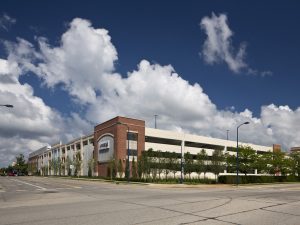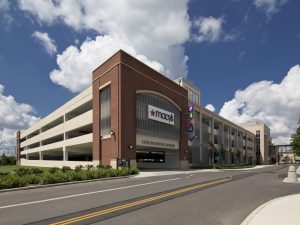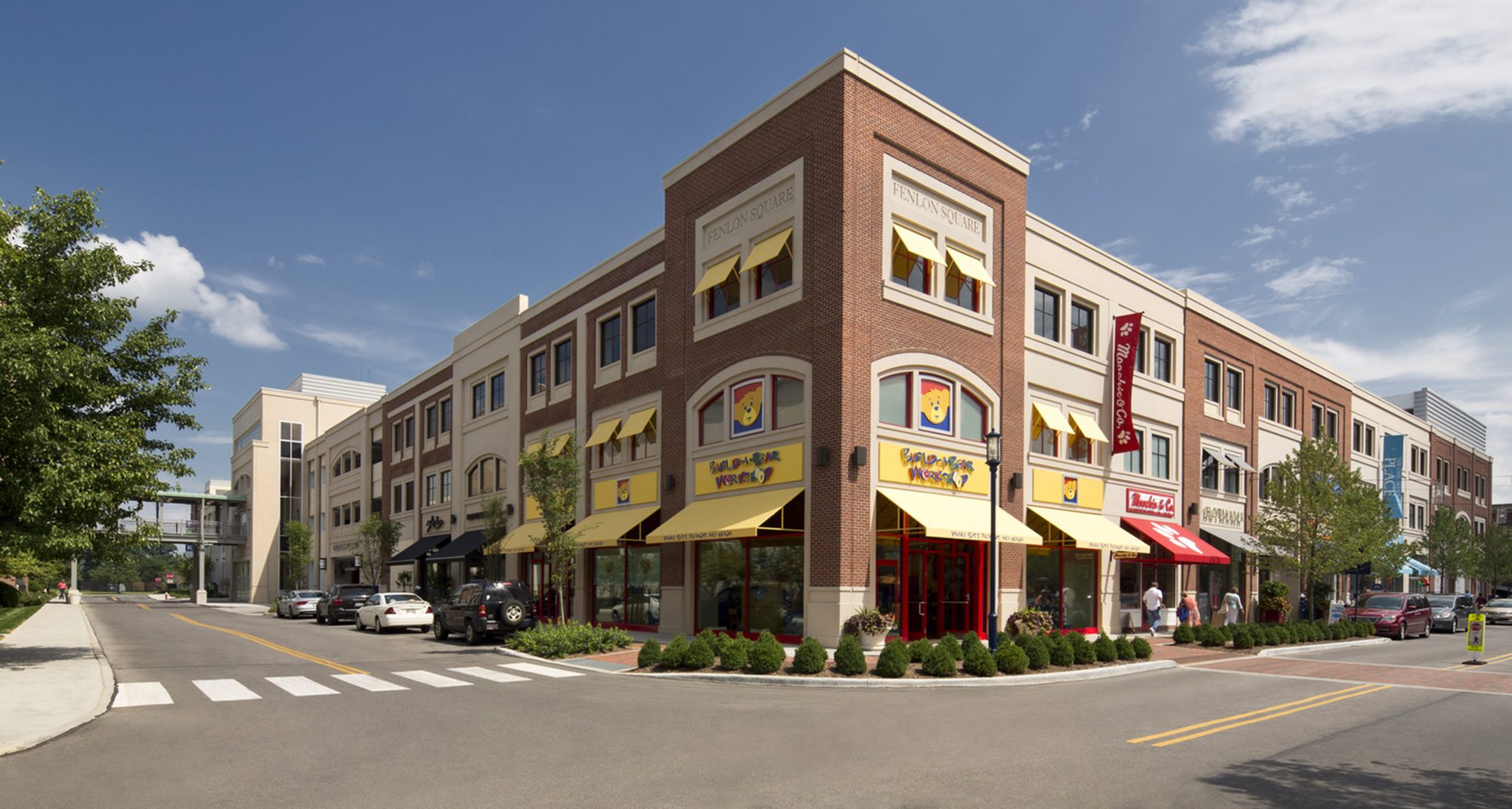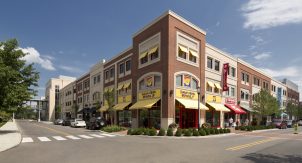By Justin Riley, Assistant Project Manager, Indianapolis
Asset Management Plans (AMPs) allow owners or property managers to take a holistic approach to campus or property to consider how each asset interacts with the capital budget. Walker regularly develops Asset Management Plans in conjunction with our clients, employing a proactive approach to understand the service life of all components. This approach is critical to mitigating costly long-term repairs.
An AMP is a comprehensive planning and budgeting tool that includes a baseline evaluation of existing conditions, an outline of probable repairs, estimated costs for repairs and maintenance over a five or 10-year horizon, and ongoing evaluation of assets to ensure the plan is up to date.
Case Study: Easton Town Center
Walker Consultants and Easton Town Center (ETC) have a long-term relationship that to date has been fifteen years over which Walker has prepared an AMP for ETC’s significant parking assets.
ETC is a premier retail destination in Columbus, Ohio. It encompasses over 1.7- million square feet of mixed-use space featuring nearly 300 best-in-class retailers and some of Columbus’ best dining venues. In addition, the Easton campus and affiliates have a total of 8,000 parking spaces spread over a multitude of parking assets, including six parking structures, 15 surface lots, and metered parking. With 30 million visitors annually, these parking assets represent a significant revenue flow to ETC.

As a large upscale development, ETC values the importance of creating and implementing an AMP to reduce the deterioration curve of all their current assets. An AMP allows the campus to remain fresh and updated, moving well into the future. Walker has been a vital part in implementing the AMP, developing several ten-year opinions of probable cost plans, assessment reports, and construction documents budgeting repairs to building envelopes, roofs, surface lots, roadway systems, and parking structures on the ETC property for over 15 years.

Since 2005, ETC has implemented those repairs based on yearly assessments and the AMPs for the building and parking assets around campus. This proactive approach—instead of reactive—has reduced the overall costs of unexpected major capital expenditures over the 20 years and flatten the deterioration curve. In addition, by consolidating yearly budgets for all assets in one place, ETC can better budget and accurately prepare financial forecasts.
Therefore today, Easton continues to grow and thrive as one of the country’s premier retail destinations.
With a reduction in parking demand and the impact on capital budgets, now is the time to prioritize and plan repairs and maintenance of your parking assets. Including both structures and lots provides a comprehensive approach to budgeting for the short and long term.
A checklist for your parking assets:
- How does my parking asset interact with the capital budget? Is this updated to reflect current conditions and usage?
- Do I have a housekeeping schedule that is in line with current Covid best practices?
- What is my plan for winterizing my facility?
- Do I have a preventive maintenance schedule for all facility areas?
- Am I seeking feedback from customers?
- Do I have a short-term and long-term repair plan for my assets?
About the Author
 Justin Riley is an Assistant Project Manager at Walker’s Indianapolis office. Since joining Walker, Justin has been involved in over 50 restoration condition appraisals, including due diligence reports and asset management plans. Justin has led multiple restoration projects, including the project manager for asphalt-related projects and parking structure repairs. His experience in restoration and design has provided insight into both disciplines. For more information on asset management plans, you can contact Justin at JRiley@walkerconsultants.com.
Justin Riley is an Assistant Project Manager at Walker’s Indianapolis office. Since joining Walker, Justin has been involved in over 50 restoration condition appraisals, including due diligence reports and asset management plans. Justin has led multiple restoration projects, including the project manager for asphalt-related projects and parking structure repairs. His experience in restoration and design has provided insight into both disciplines. For more information on asset management plans, you can contact Justin at JRiley@walkerconsultants.com.


